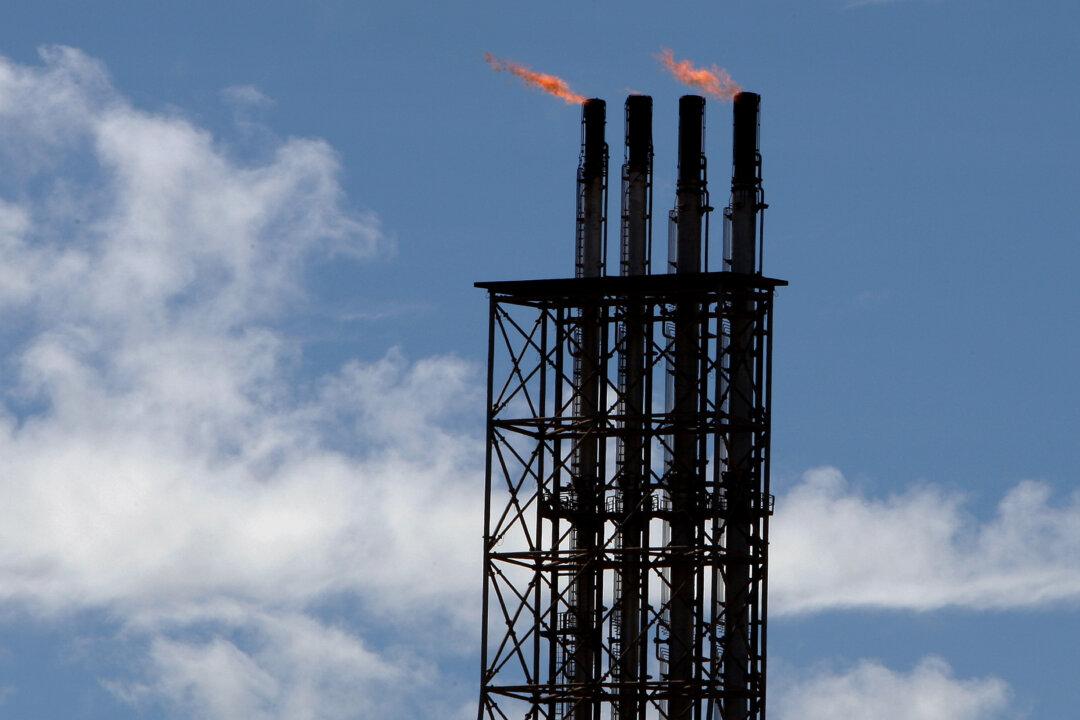A new expert panel, headed by Australia’s Chief Scientist Cathy Foley, has been established to monitor the country’s methane levels as part of efforts to reduce emissions.
The Climate Change Authority recommended its creation in reviewing the National Greenhouse and Energy Reporting Scheme.





